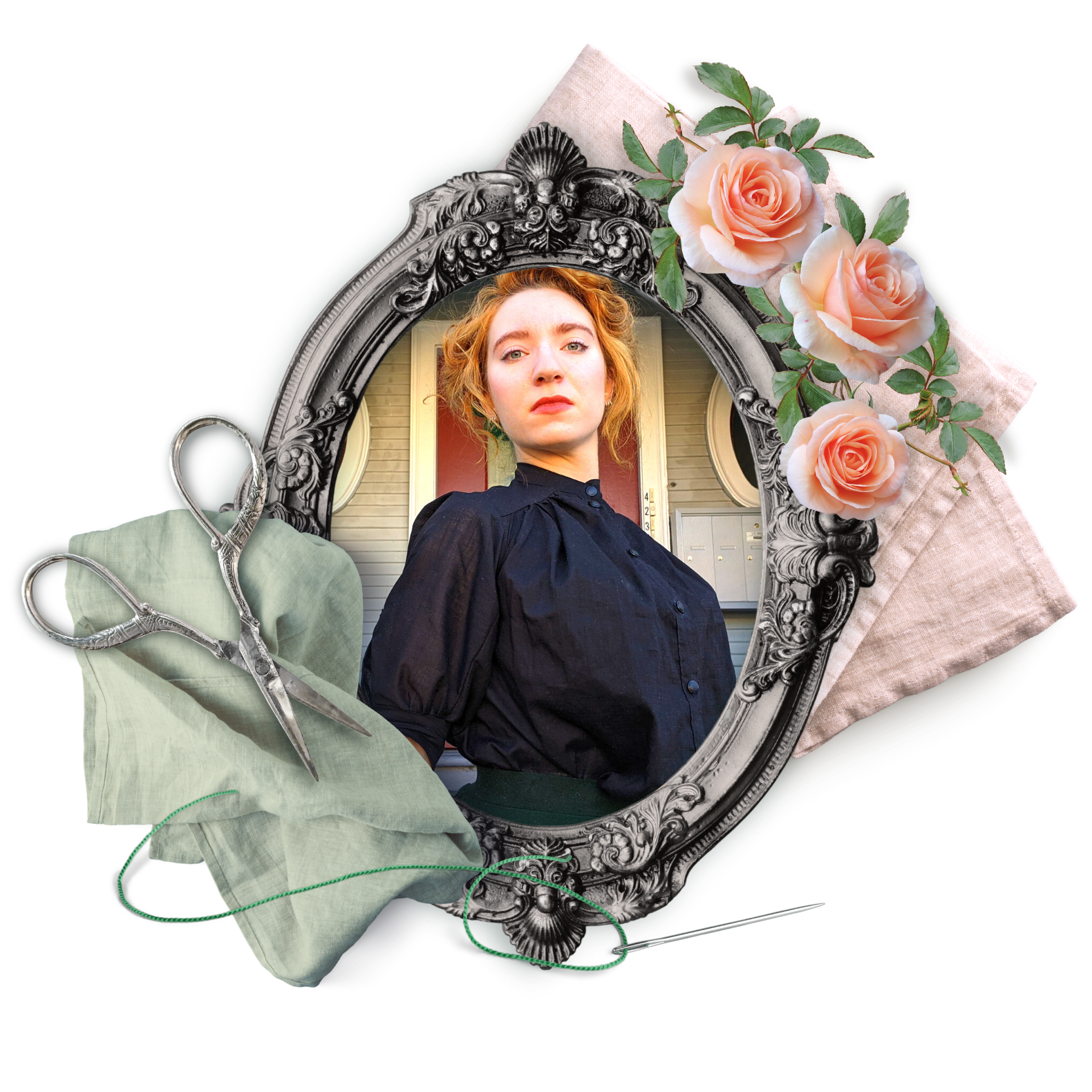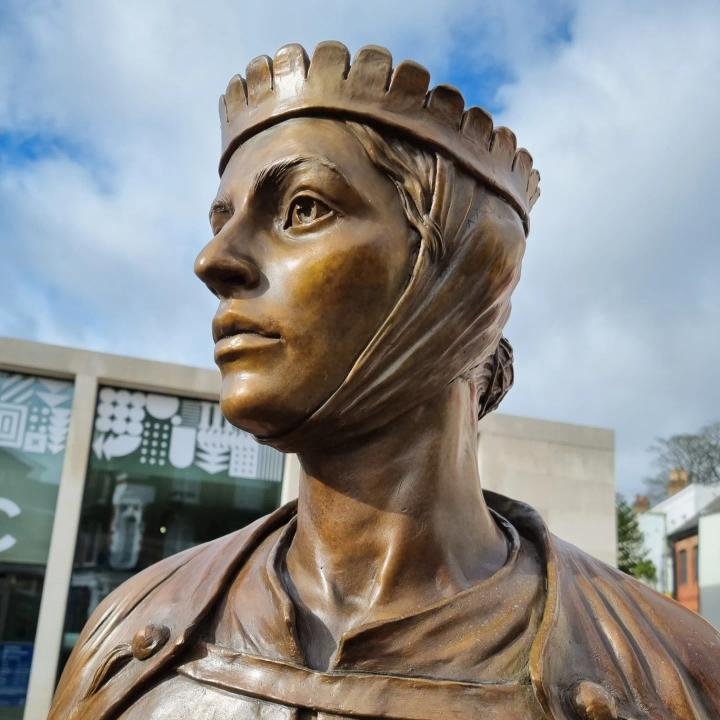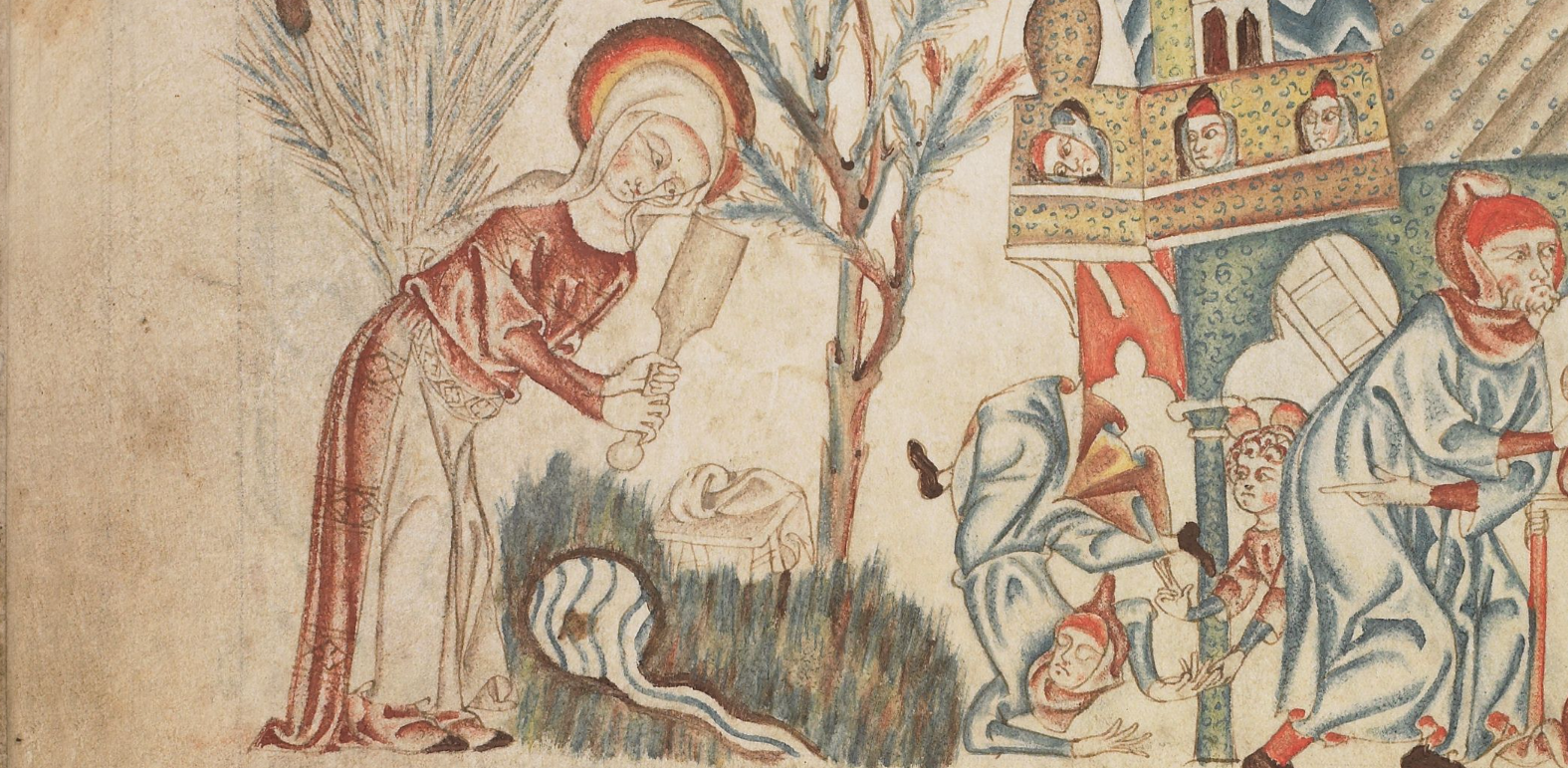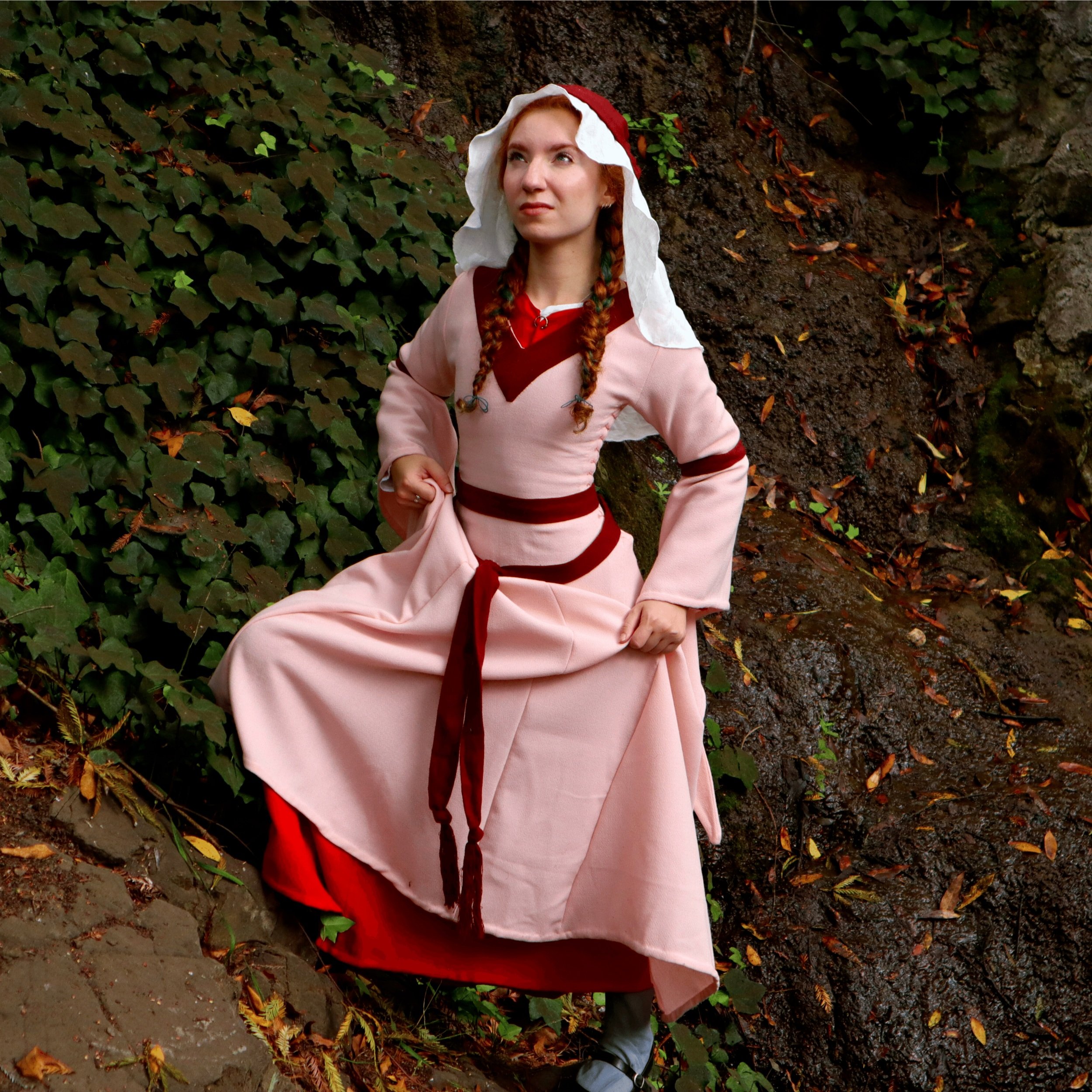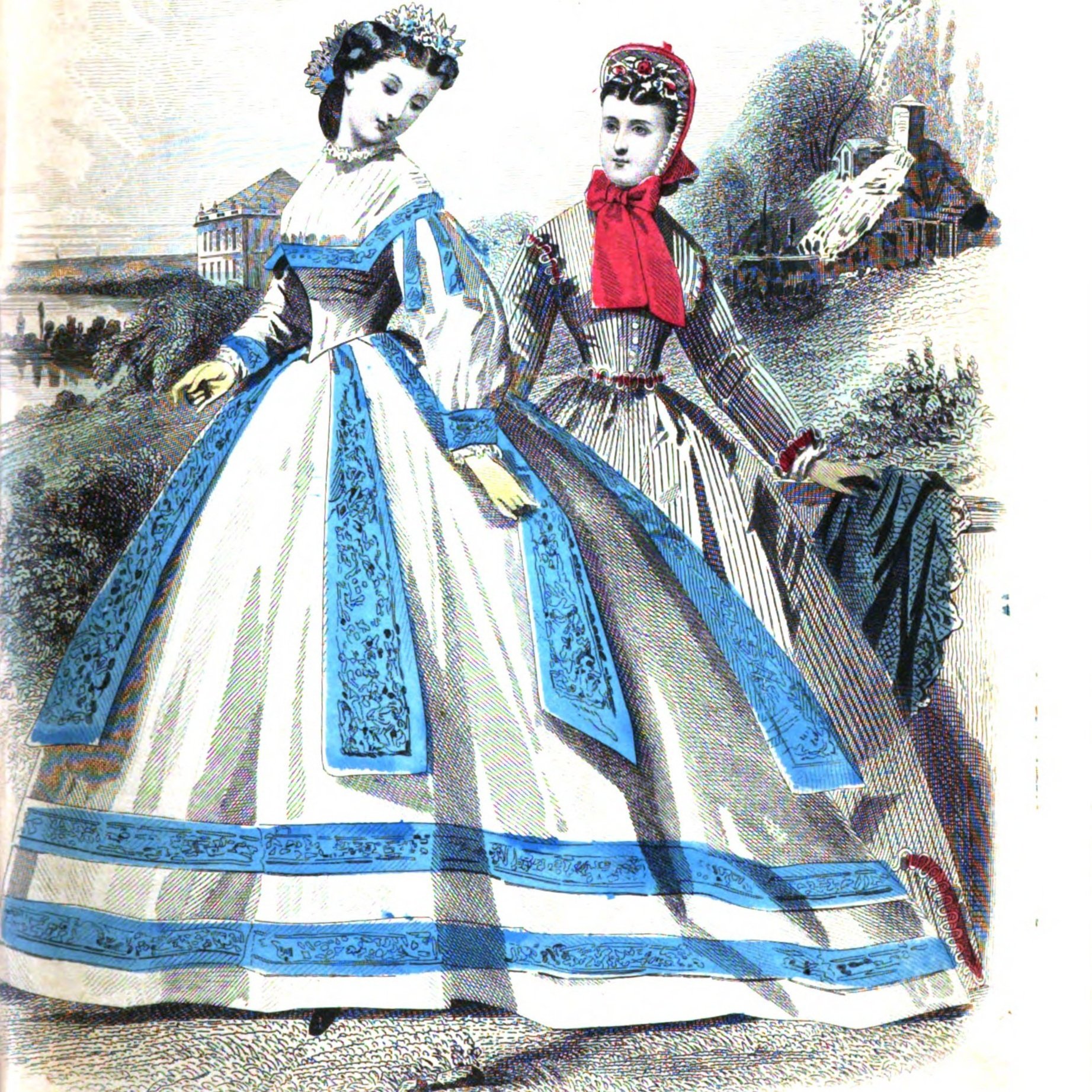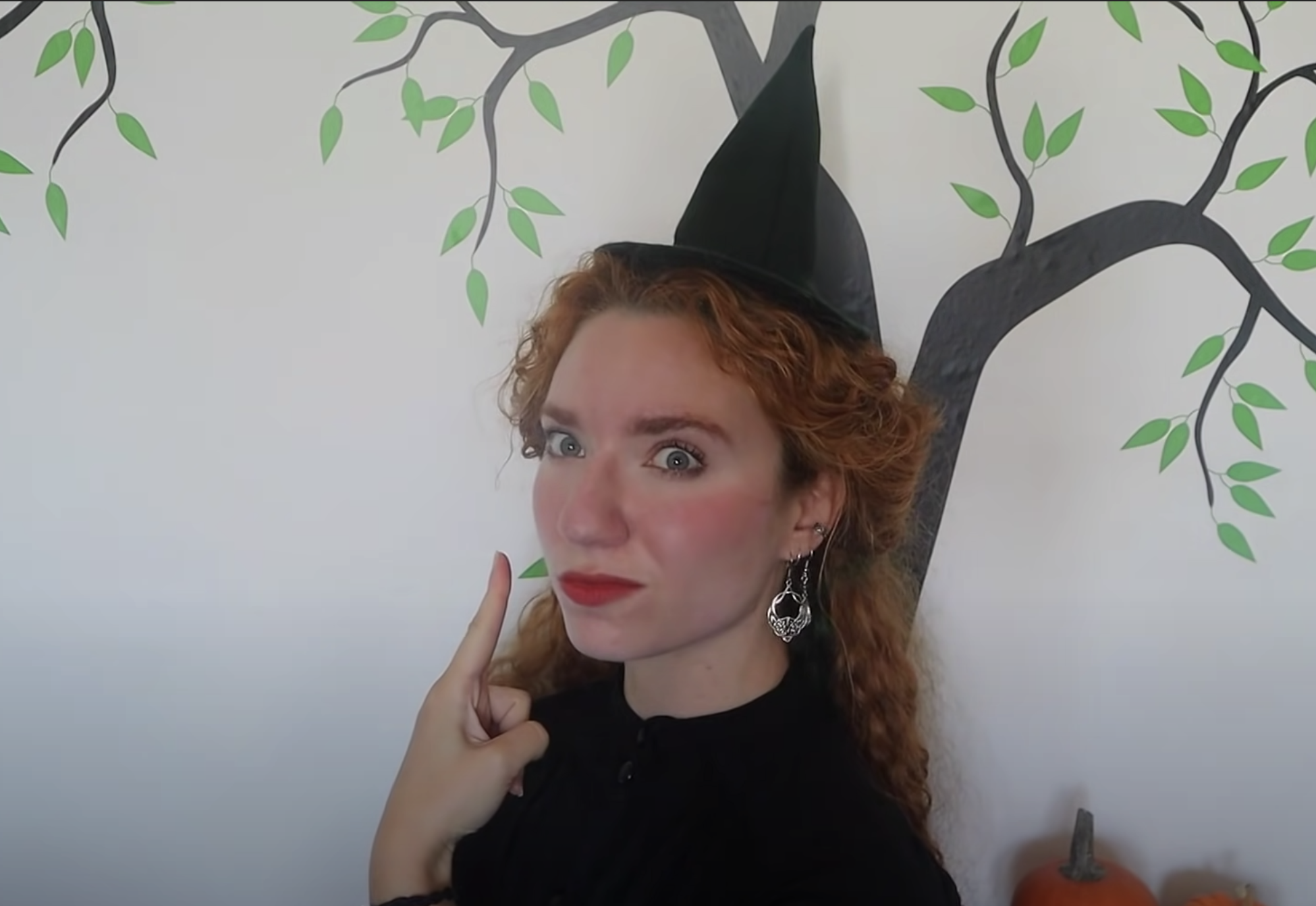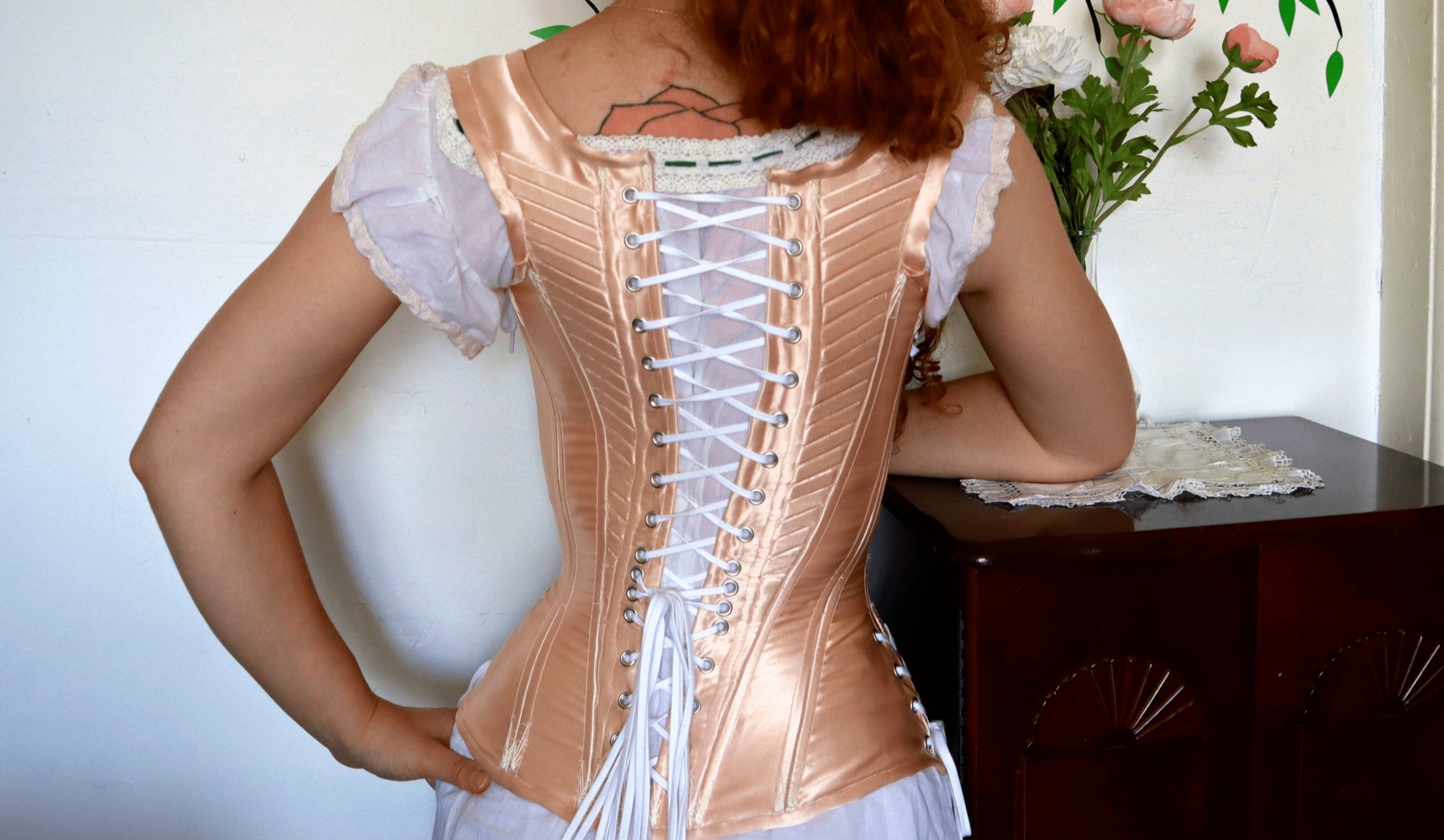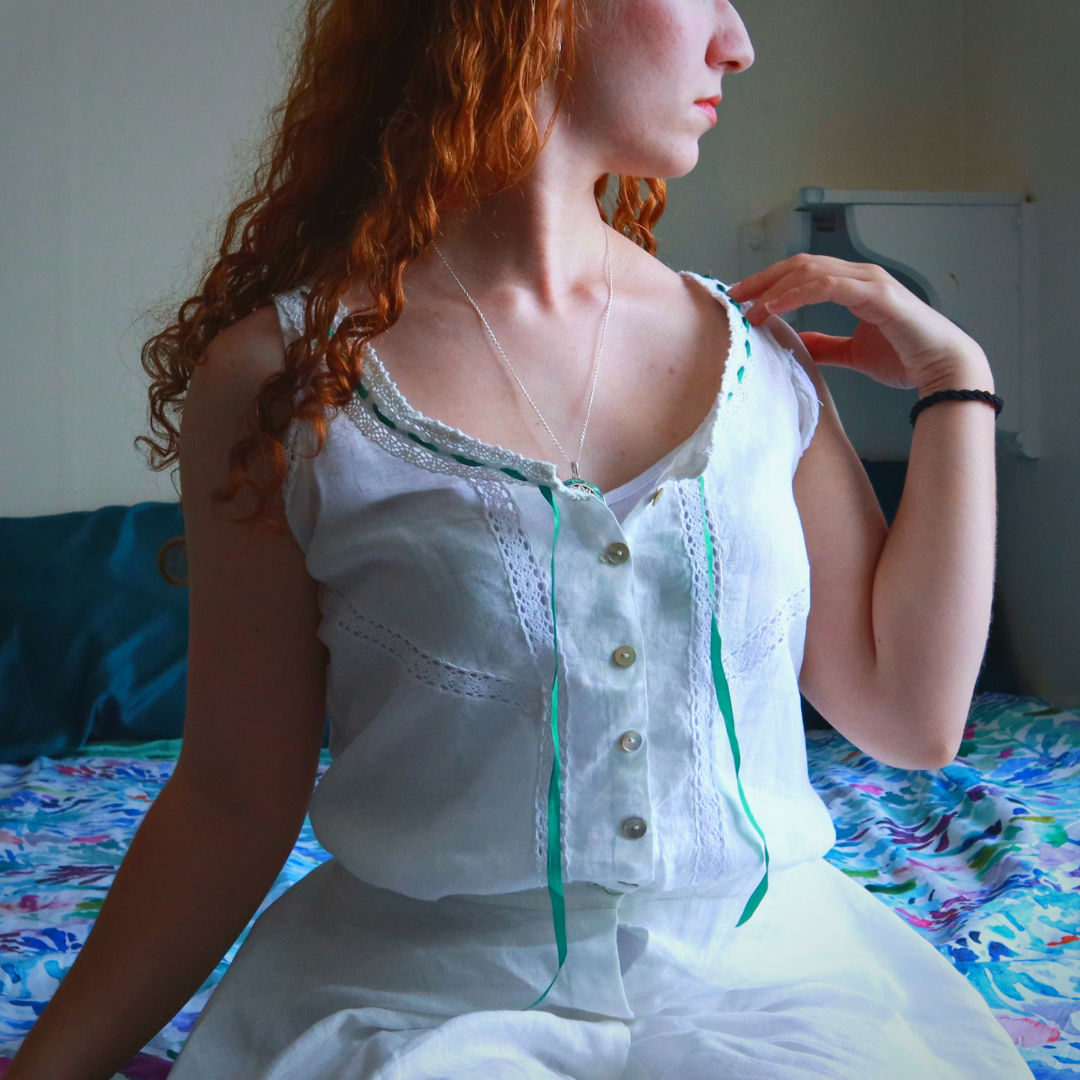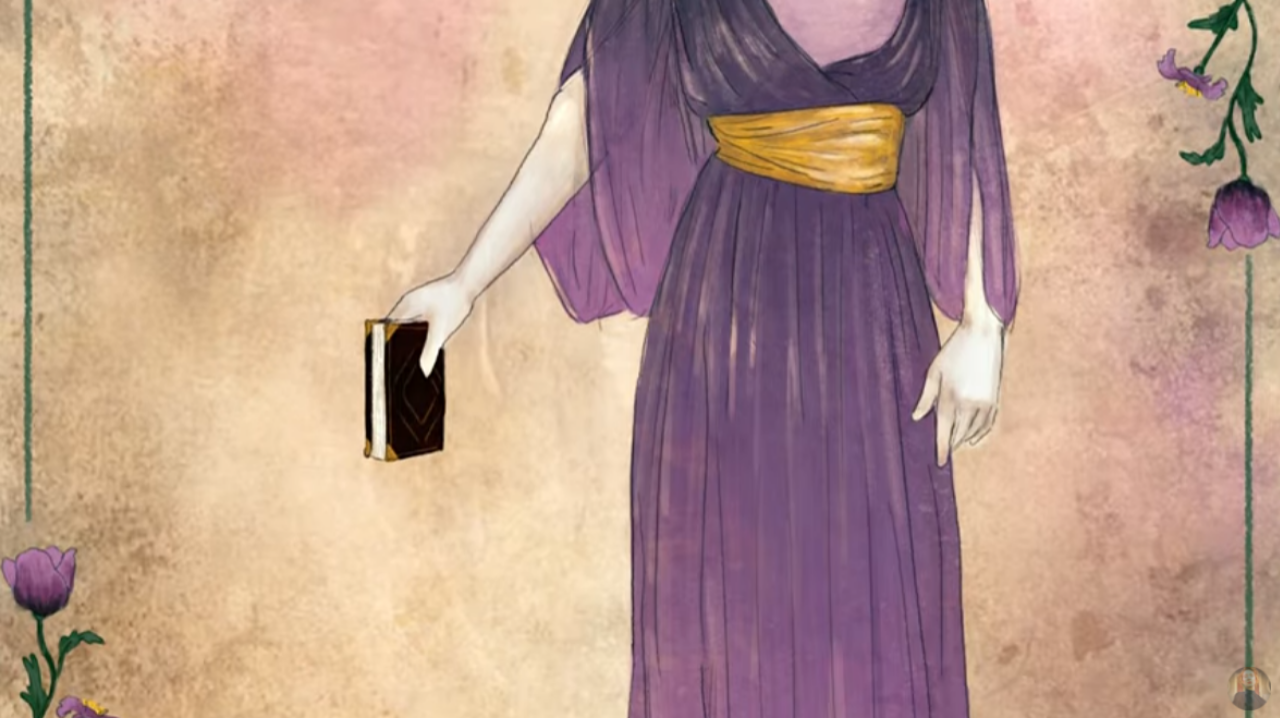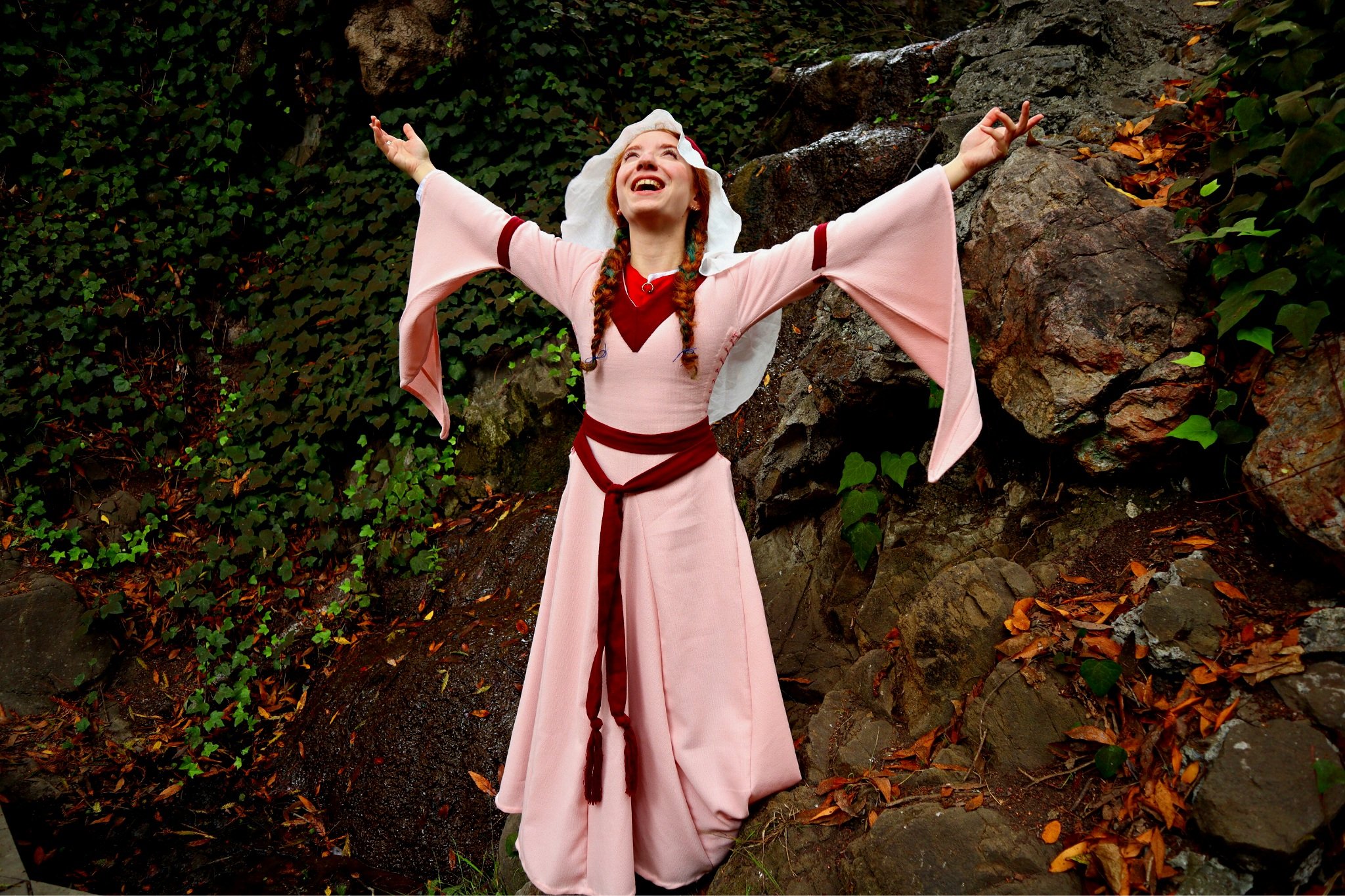
Every piece of clothing has a story woven into it, waiting to be told.

More than a pretty dress.
Glamorous Victorian ball gowns and medieval princess dresses are great— but what was life really like for the people who wore them? What about the seamstresses who made them?
Every historical garment we admire was made and worn by real people. Dress history and experimental archaeology can teach us about their lives with a closeness and connection that little else does. Through a combination of modern methods and historical reconstruction, historical dress lets us clothe ourselves in the experience of our predecessors.
Hi, I’m V, the creator of SnappyDragon Studios.
I’ve been a history nerd my whole life, and enamored with the beauty and intricacy of historical garments. When I first started sewing, I was struck by how even with access to modern fibers and technology, making clothing is a complex craft that requires skill and artistry. So, what must it have been like before the era of fast fashion and modern patterns and sewing machines? From high fashion to humble workwear, what place did clothing have in that world?
This is your invitation to join me as we sew our way through history.
-V 🐉💚
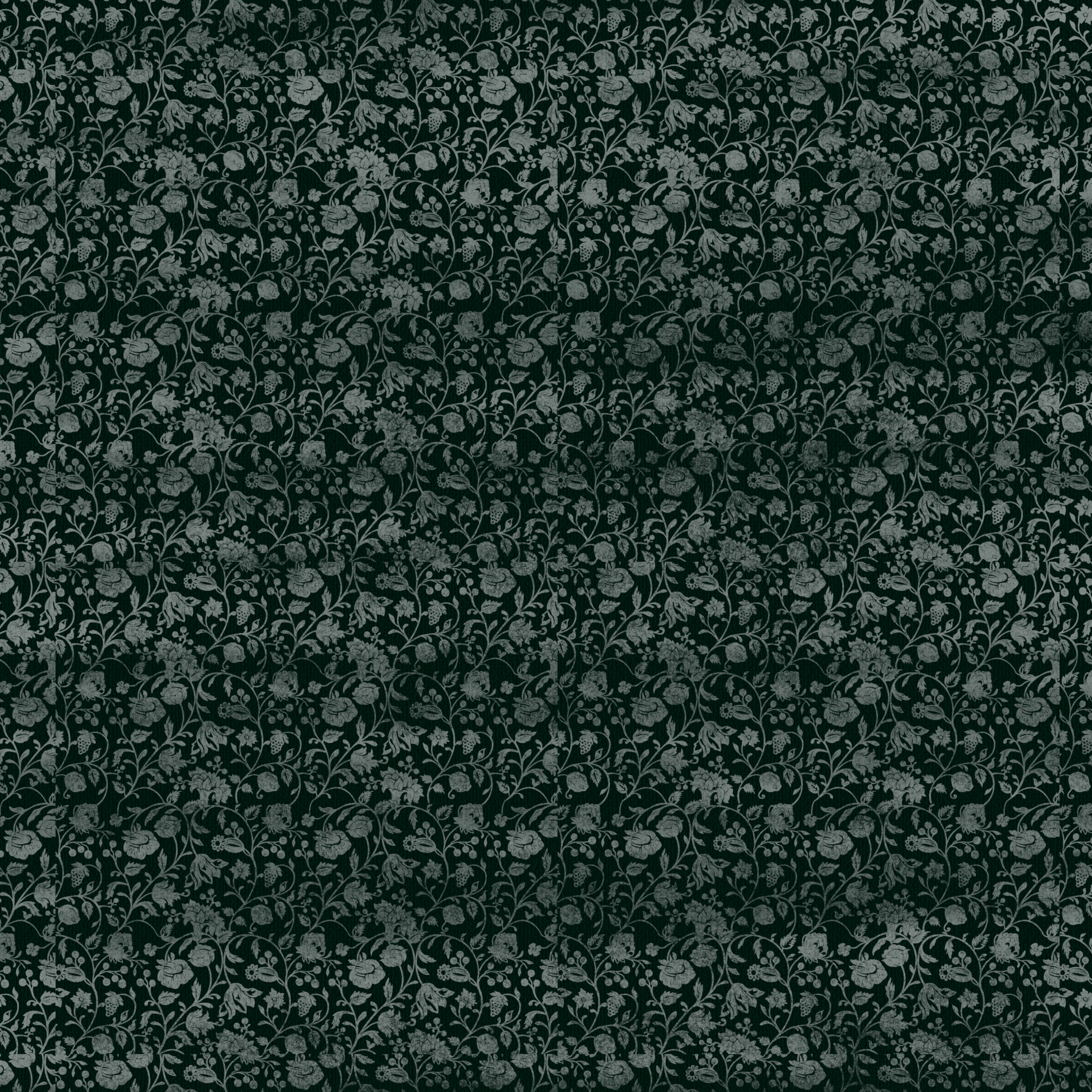

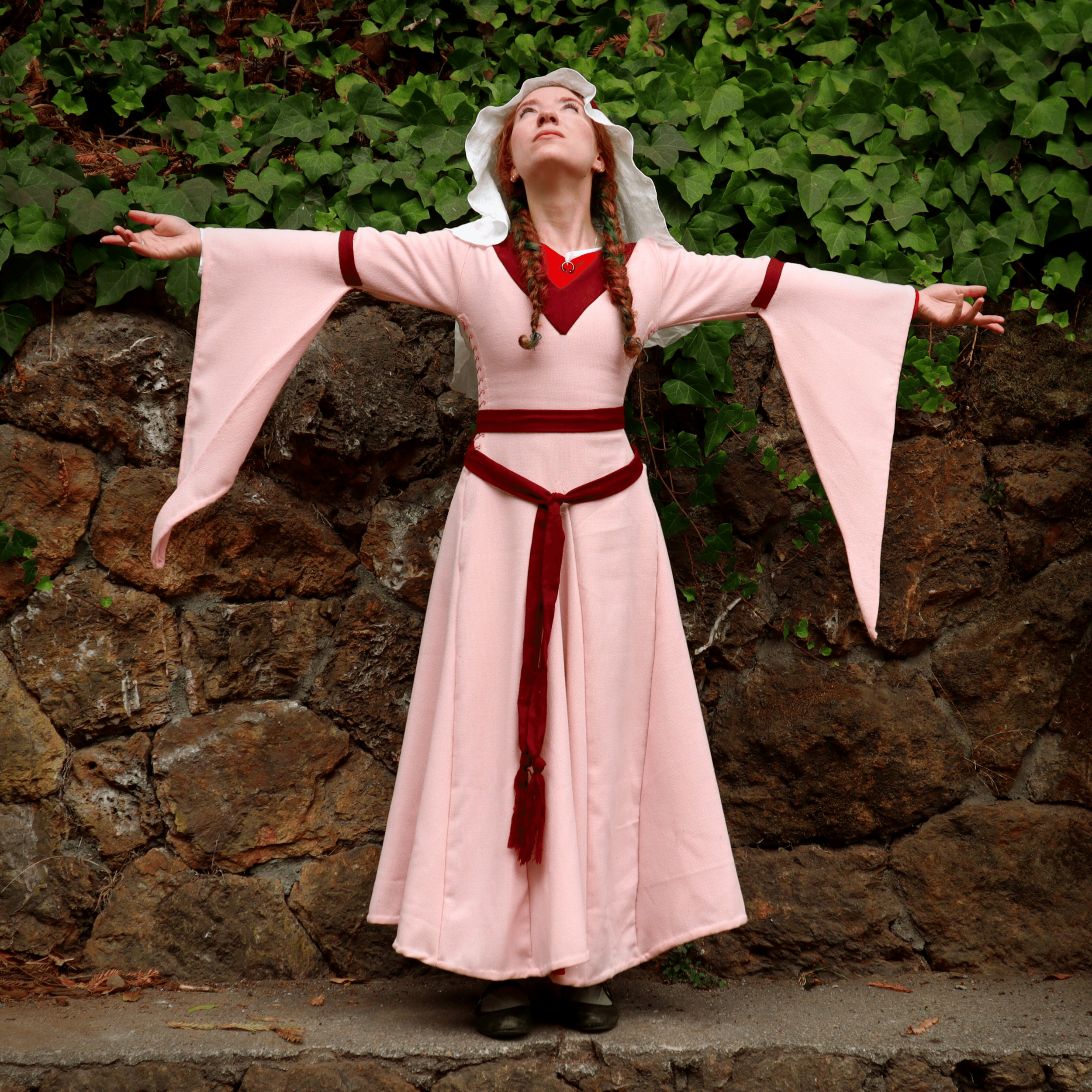
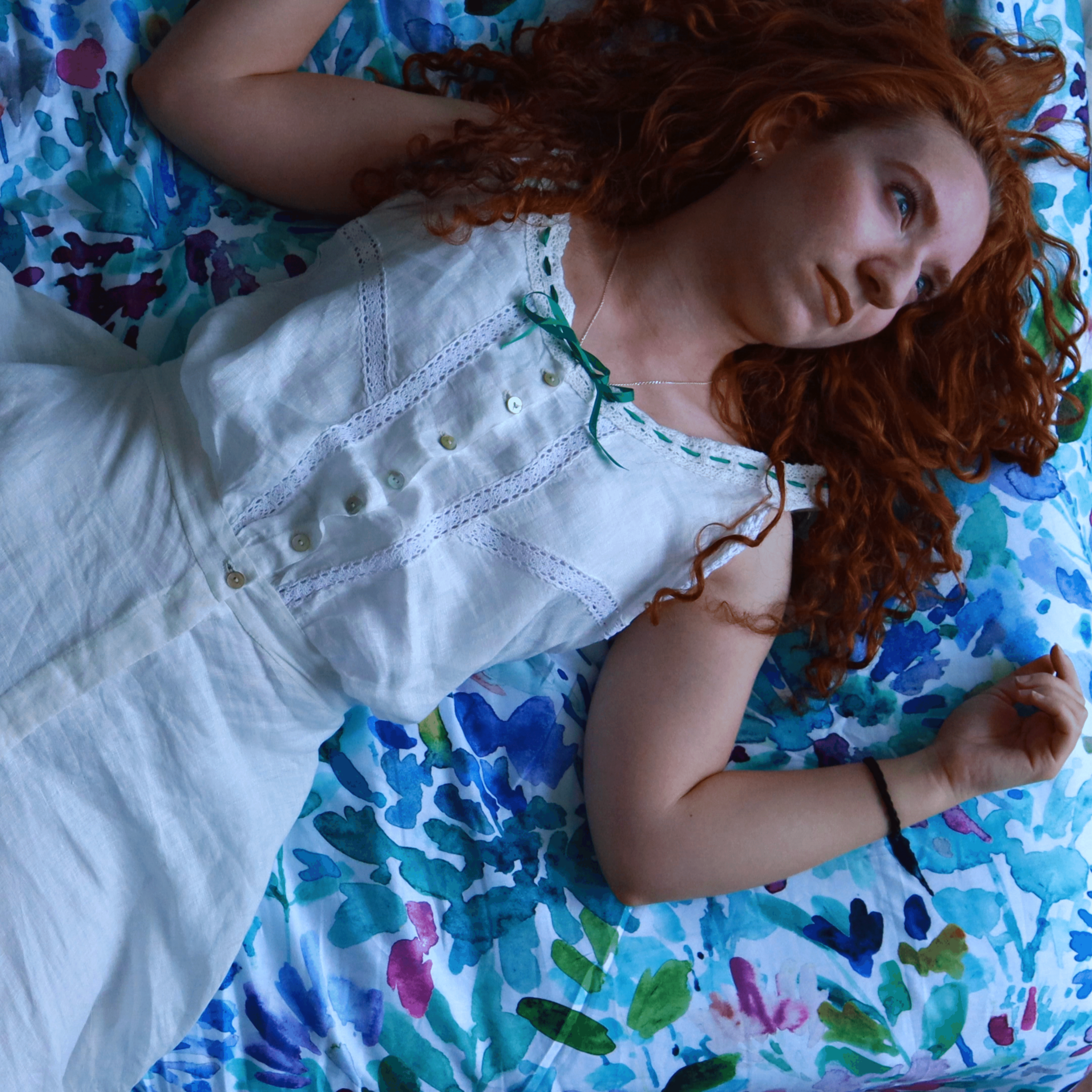
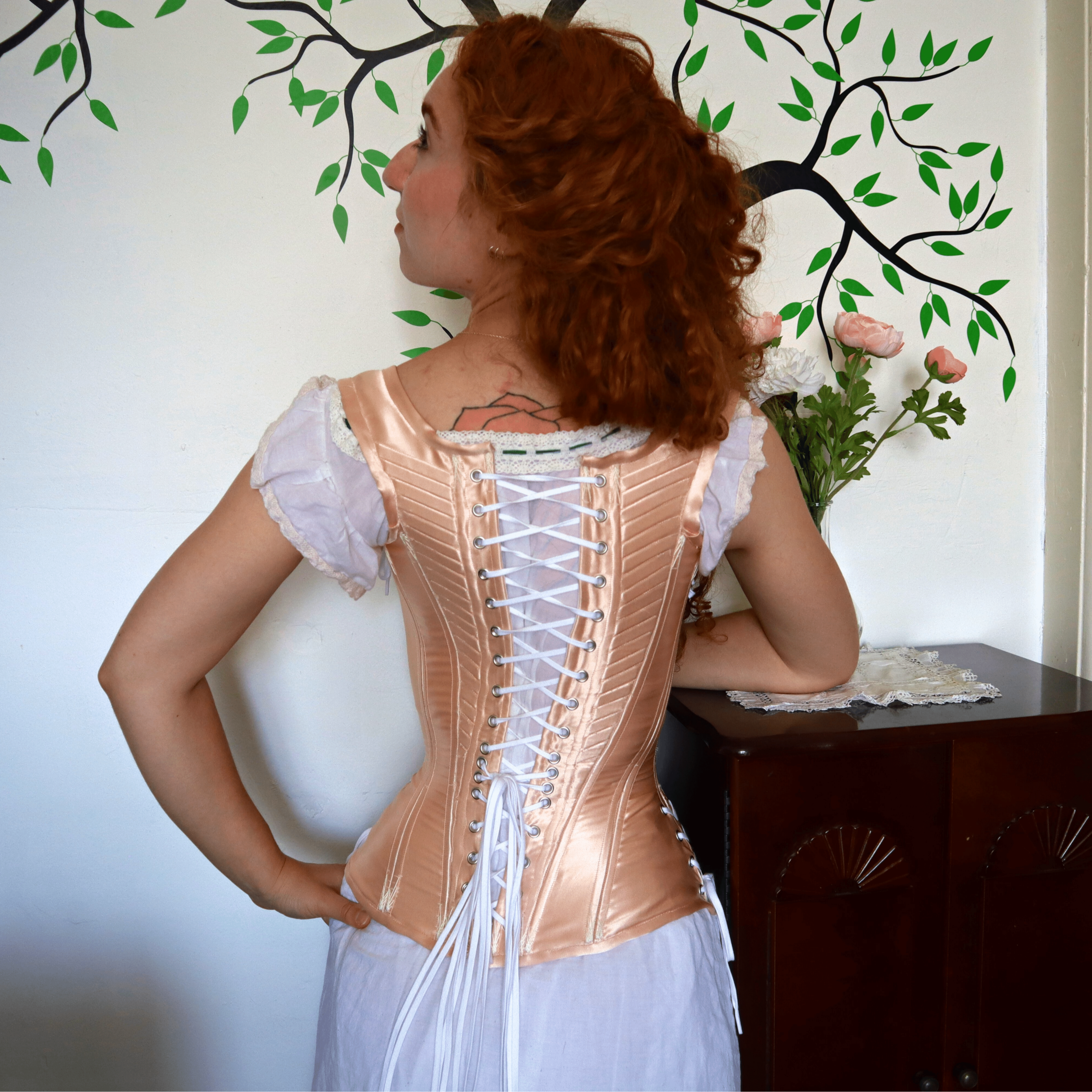
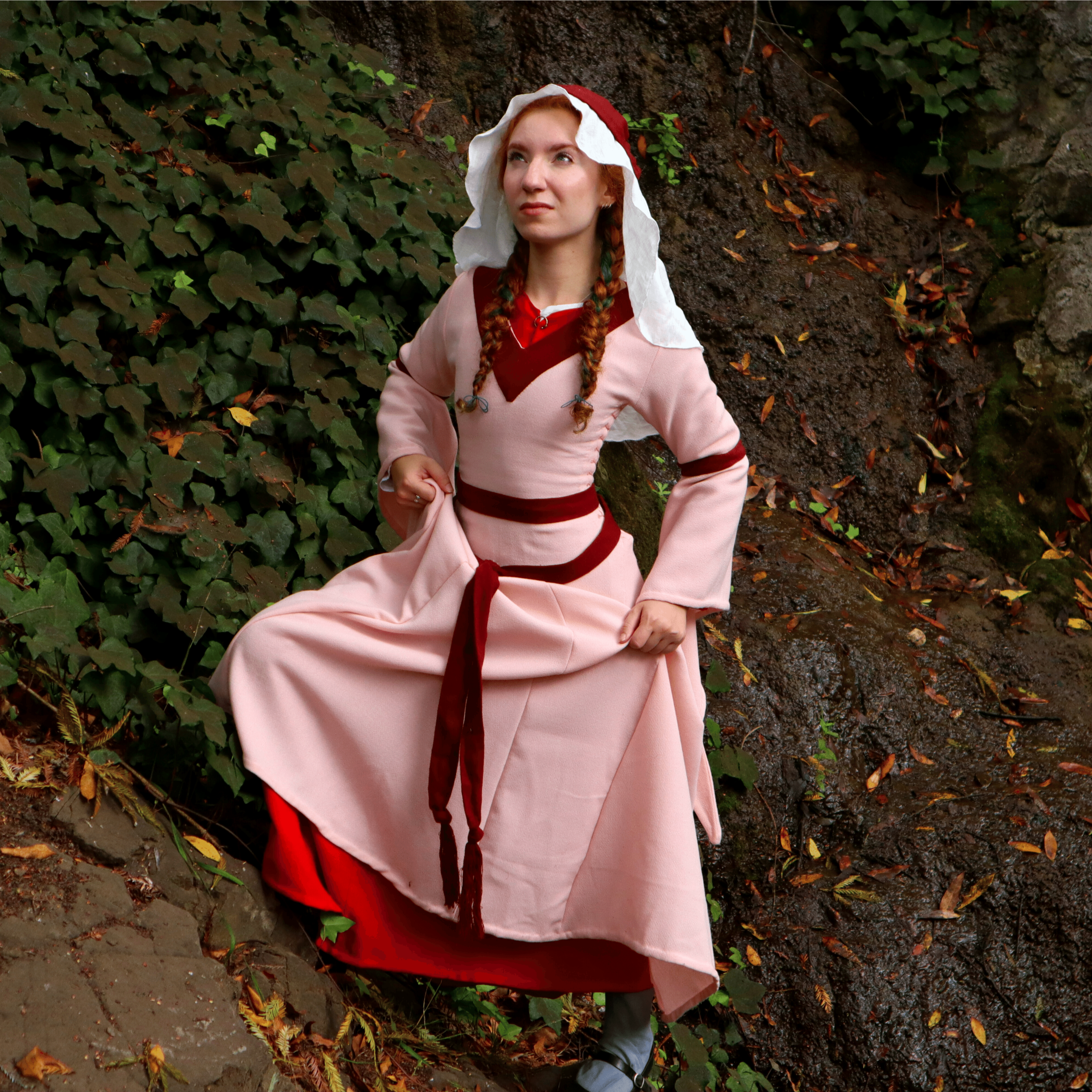
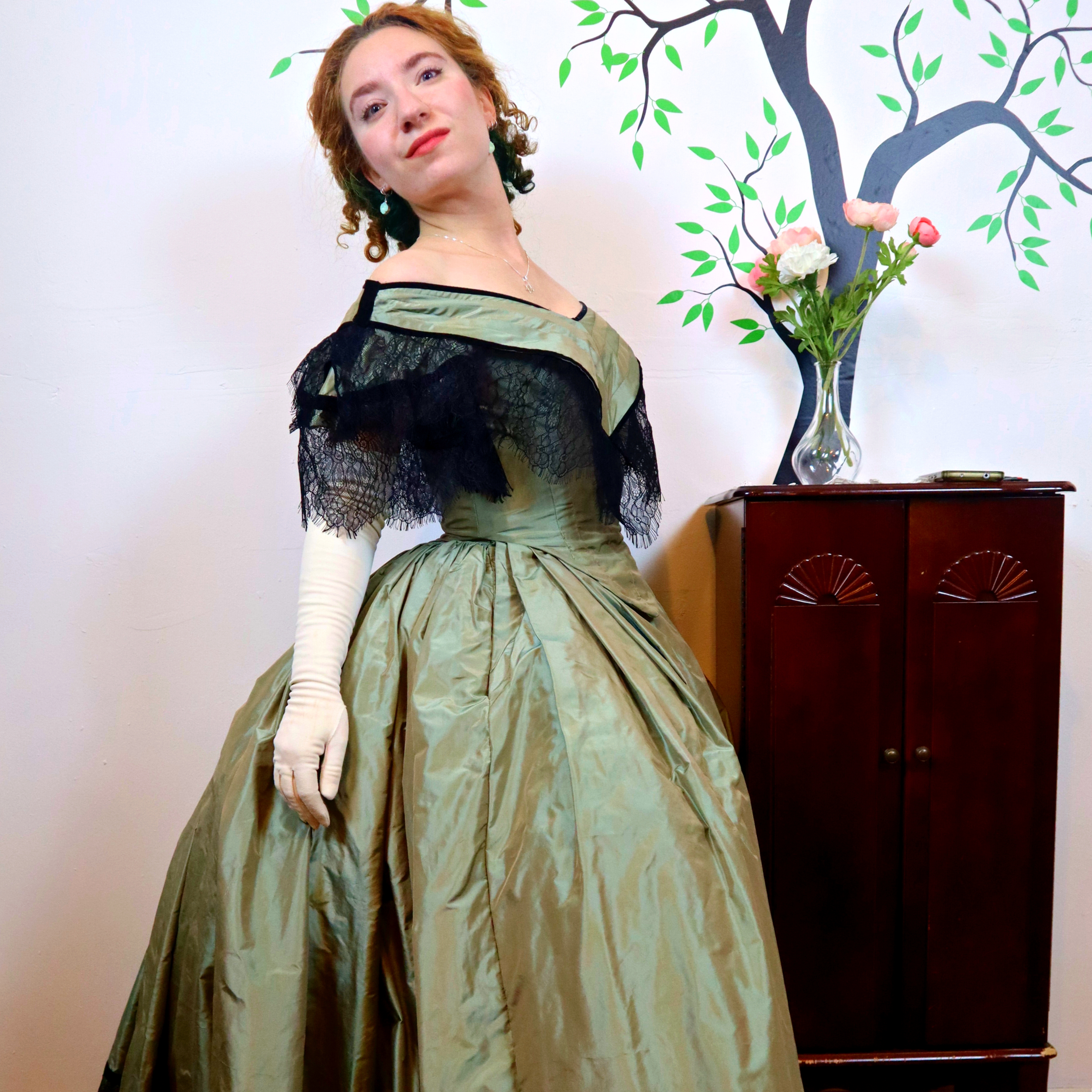
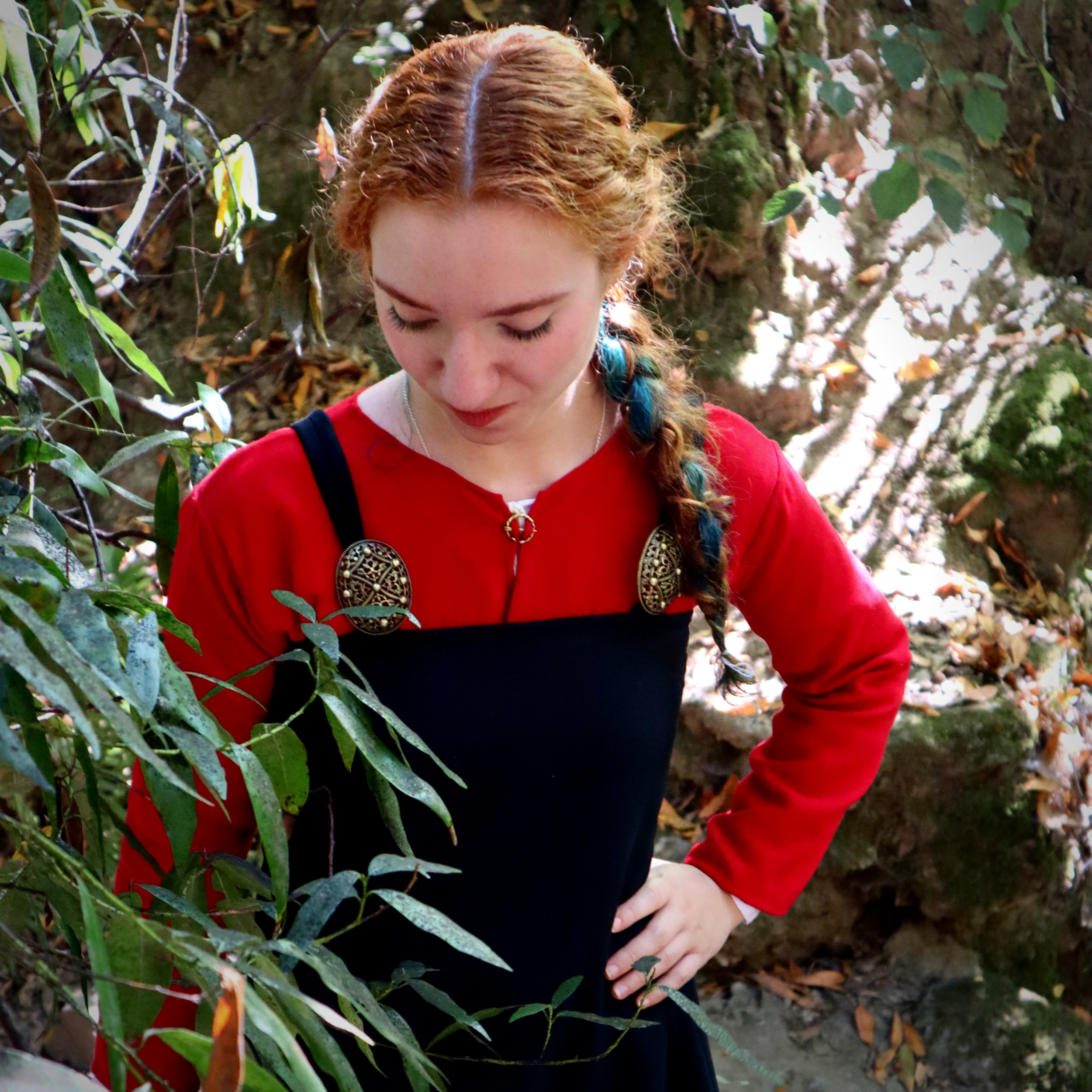
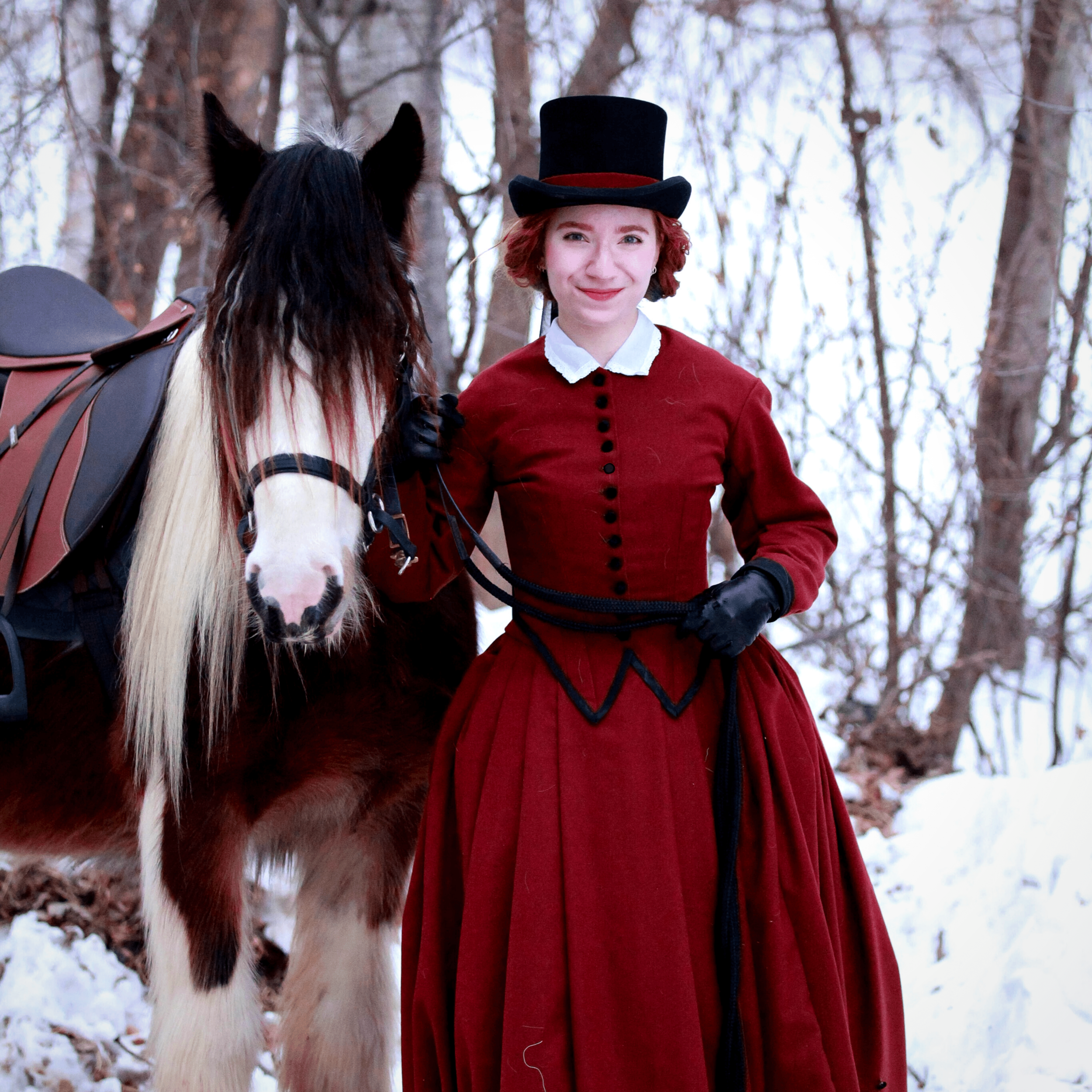
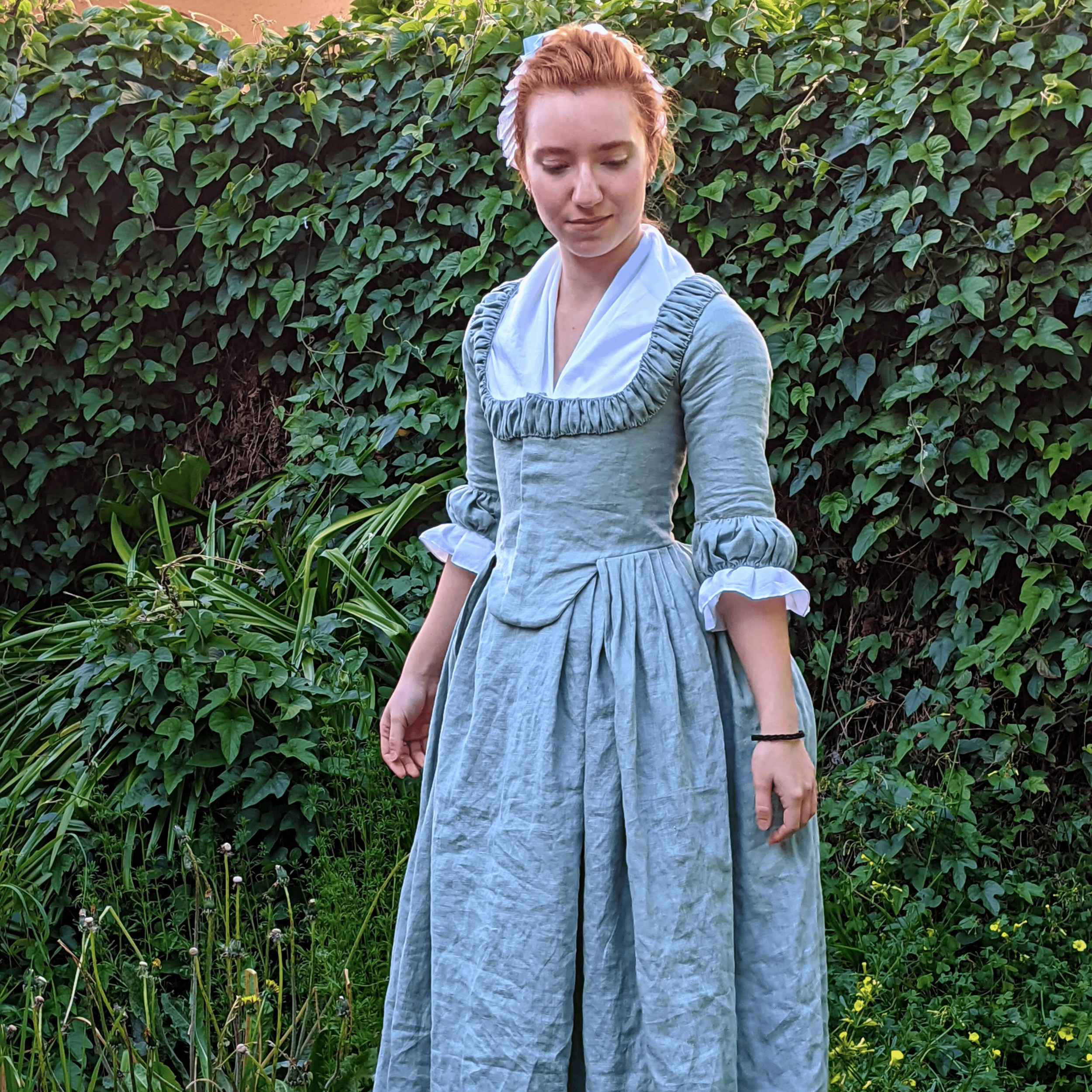
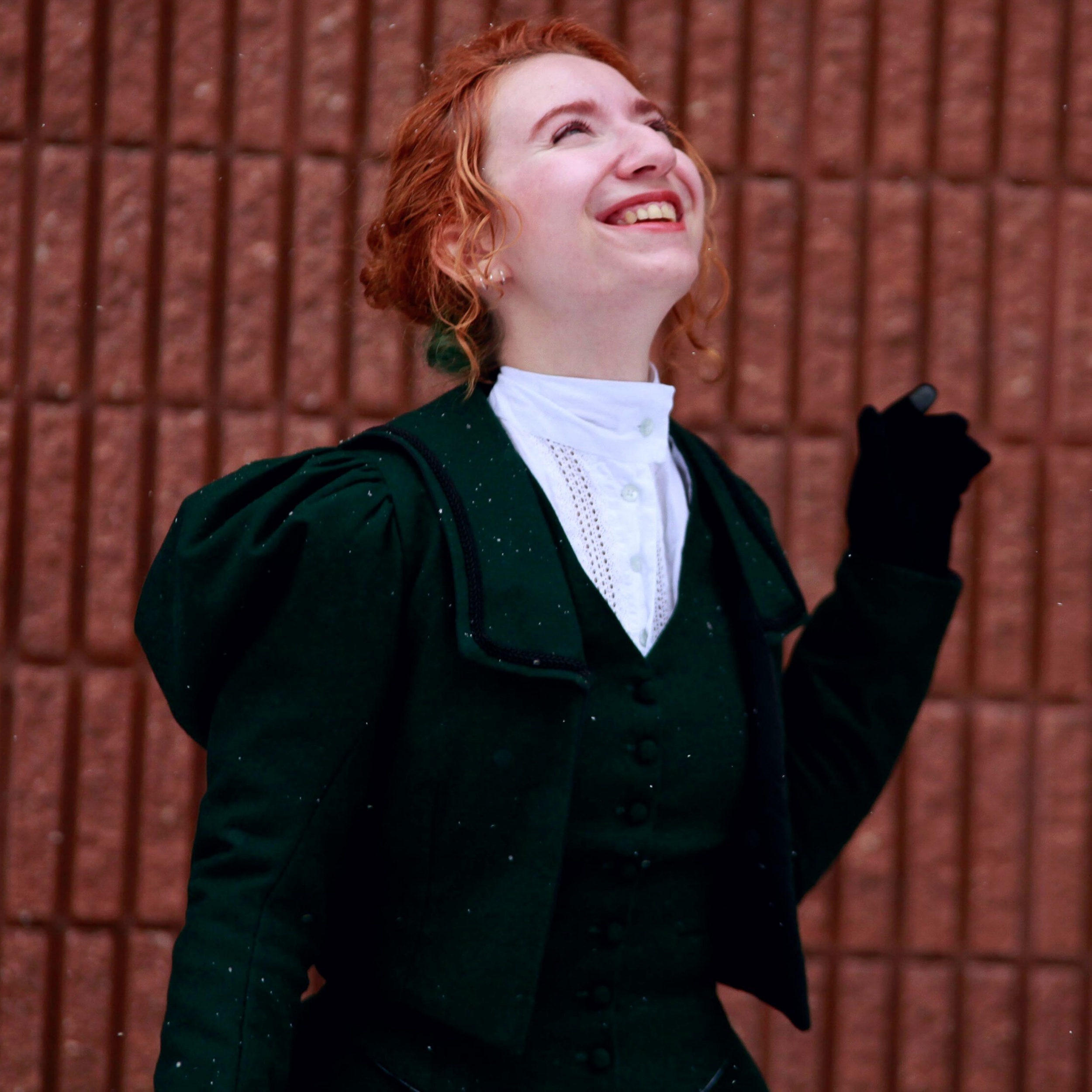
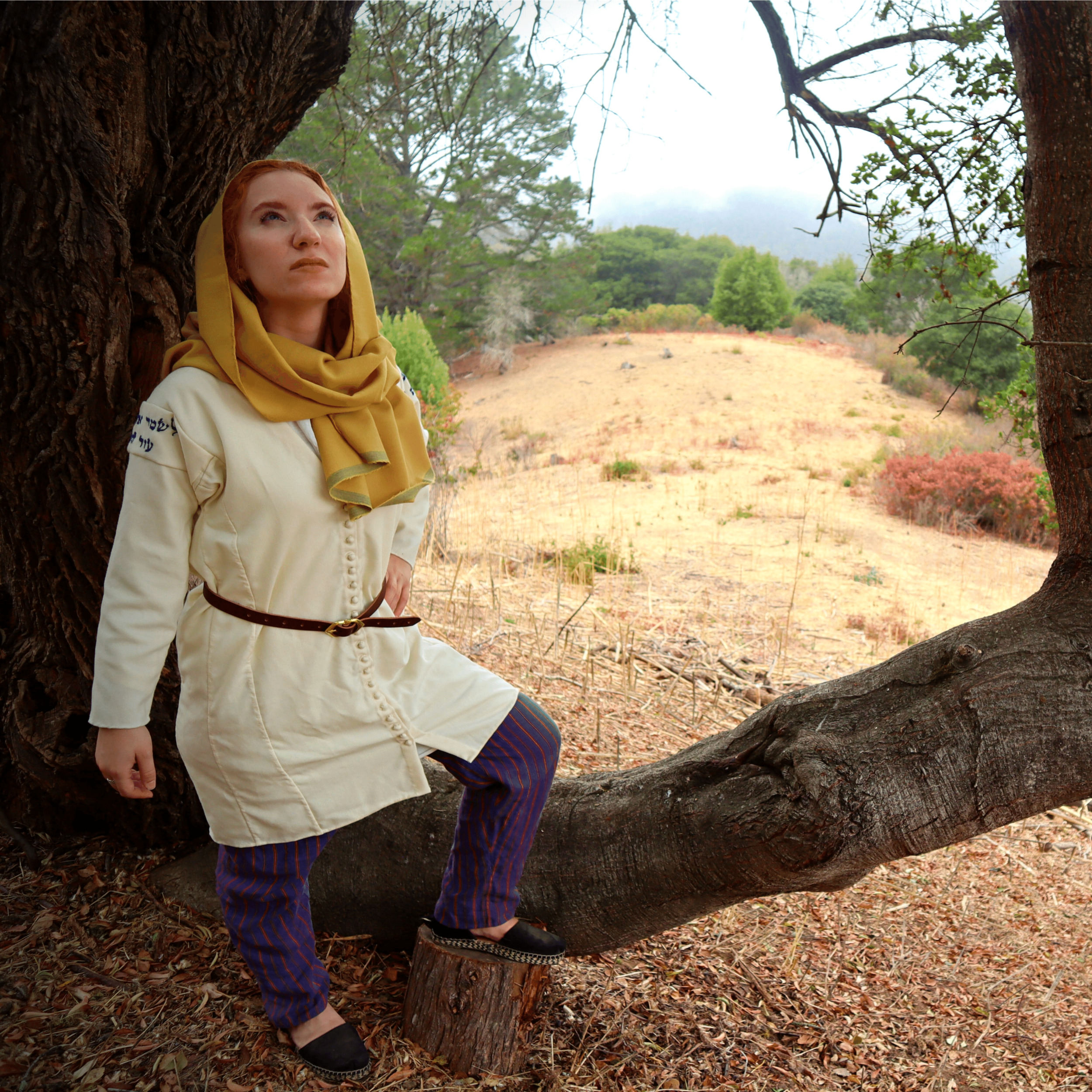
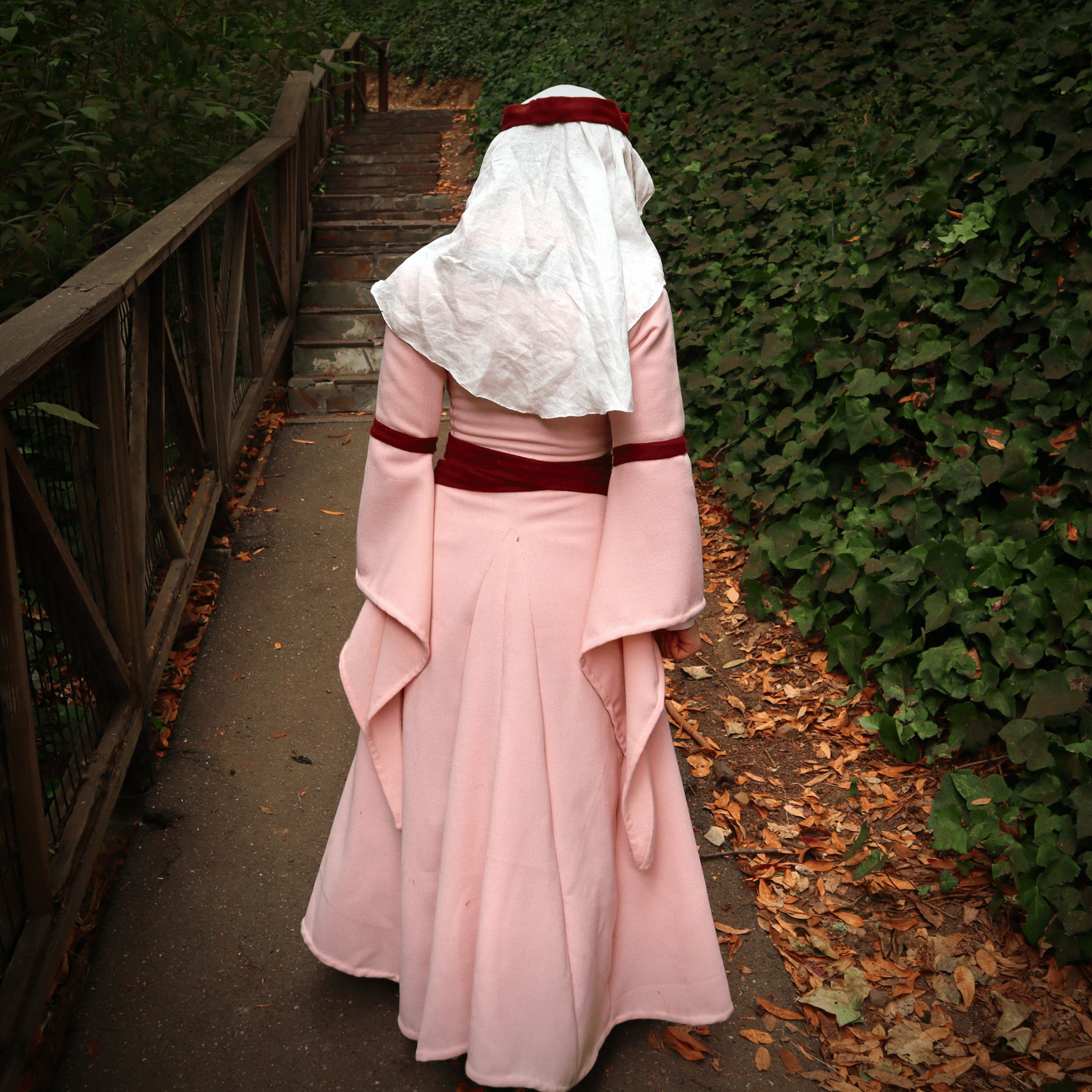
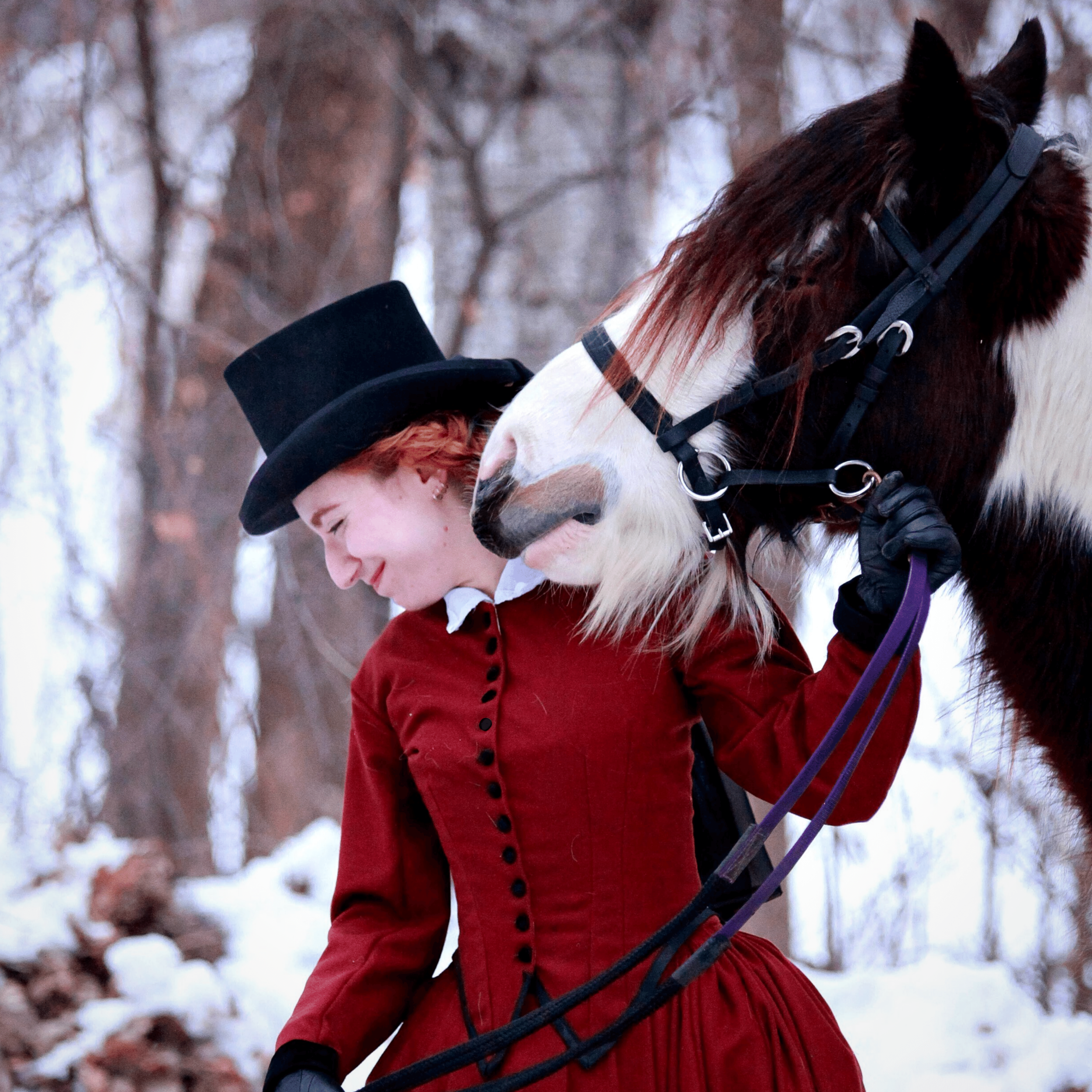
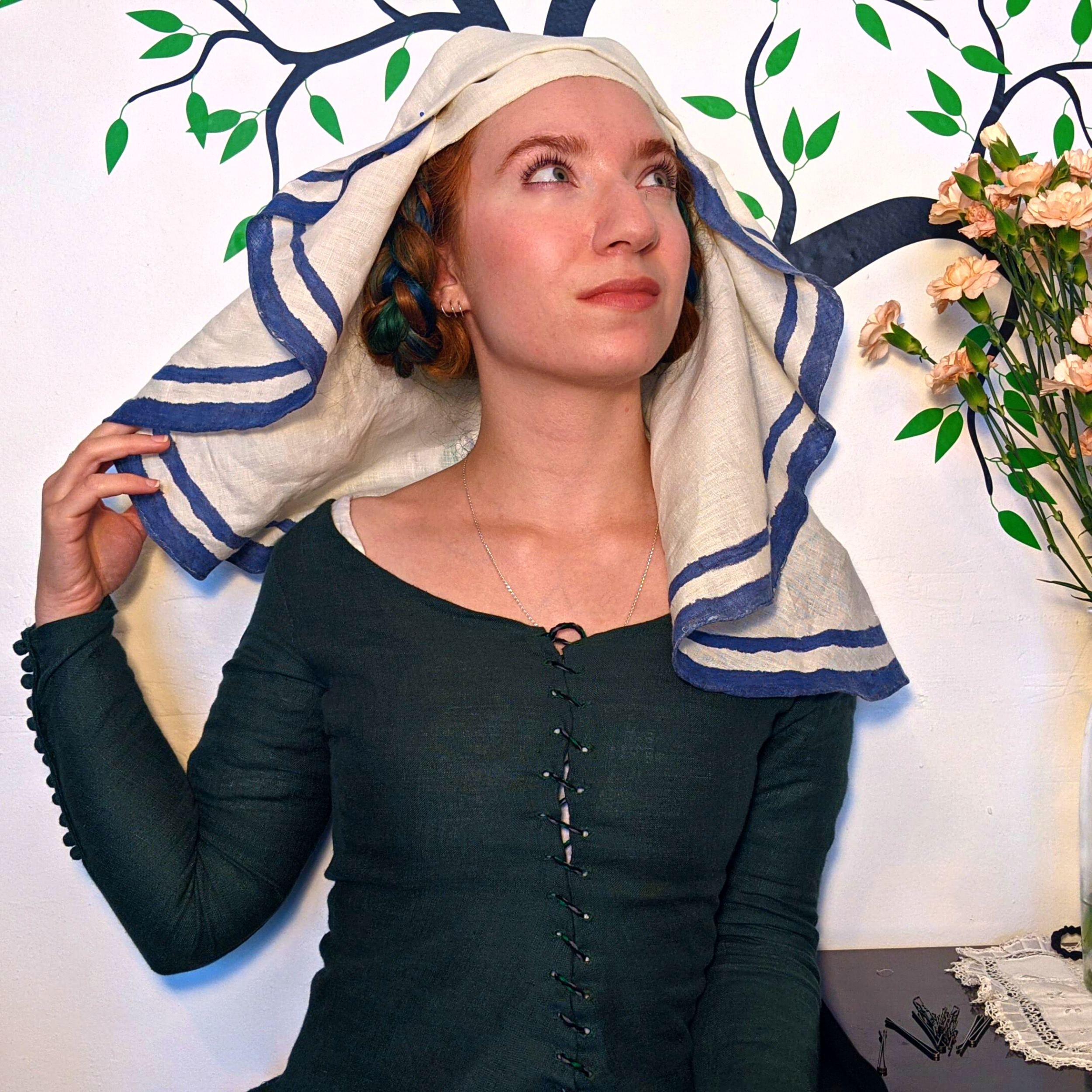

Exploring the Intersection of Fashion and History
There’s a dark side to history, and fashion history is no different. For millennia, clothing has been a display of social hierarchy and a social force in and of itself. Just like the environmental impact of modern fast fashion, the historical clothing industries contained harrowing racism, colonialism, and exploitation. But I won’t shy away from those stories.
I’ve stood in the shoes of the late Victorian “New Woman” of the 1890s as she made her way through a man’s world— and I’ve stood at the worktable of her dressmaker, hemming a walking skirt for a new kind of woman on the go. I’ve sewn with the hands of a medieval Jewish tailor, carefully choosing materials based on ancient traditional restrictions. An 18th century housemaid, turning scraps into stylish cuffs for her new caraco jacket. I’ve created outfits for characters from the works of George Eliot and Guy Gavriel Kay, seeking to understand the worlds they moved through.
If we do not learn from our past, be it good or bad or ugly, how can we build a better world for our future?


